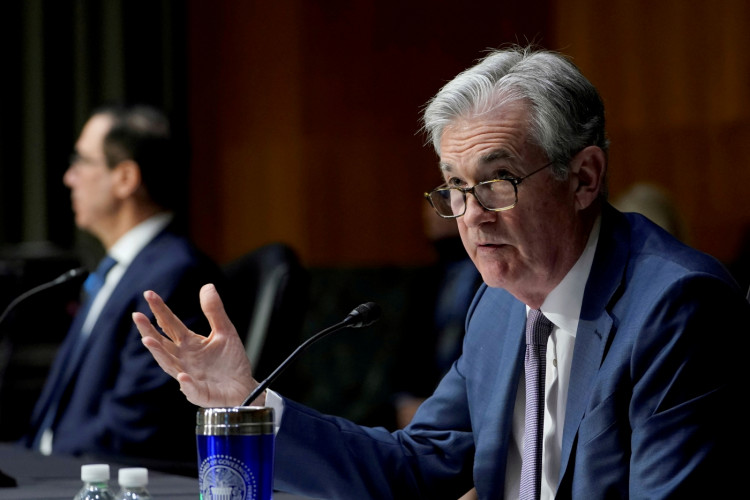The Federal Reserve lowered its benchmark interest rate for the second time this year on Wednesday, voting 10-2 to cut the federal funds rate to a range of 3.75% to 4%, even as the government shutdown limits access to key economic data. The move underscores the central bank's growing concern about slowing job growth, persistent inflation, and tightening liquidity in financial markets.
Alongside the rate cut, the Fed announced plans to halt its balance sheet runoff-known as quantitative tightening-on December 1. The program, launched in 2022, has reduced the central bank's holdings by $2.3 trillion. The Fed said proceeds from maturing mortgage securities will now be reinvested into short-term Treasury bills, effectively ending its two-year effort to shrink its $6.6 trillion portfolio.
The decision reflected divisions within the Federal Open Market Committee. Governor Stephen Miran dissented, arguing for a larger half-point cut, while Kansas City Fed President Jeffrey Schmid voted against any reduction. The Fed rarely eases monetary policy when stock markets are rising, but officials said the risks to employment have become more pressing.
"Although official employment data for September are delayed, available evidence suggests that both layoffs and hiring remain low," Fed Chair Jerome Powell said at a press conference. "In this less dynamic and somewhat softer labor market, the downside risks to employment appear to have risen in recent months."
In its post-meeting statement, the Fed said "available indicators suggest that economic activity has been expanding at a moderate pace," while acknowledging that "job gains have slowed this year, and the unemployment rate has edged up but remained low through August." The committee added that "inflation has moved up since earlier in the year and remains somewhat elevated."
The central bank's cautious tone comes as policymakers operate without access to much of the data that normally guides their decisions. The government shutdown has suspended the release of major reports, including nonfarm payrolls and retail sales. The consumer price index, released last week only because of its relevance to Social Security adjustments, showed inflation at 3%-above the Fed's 2% target and driven by higher energy costs and tariffs linked to President Donald Trump's trade policies.
Markets responded favorably to the move. Stocks held onto gains, while Treasury yields edged higher as investors anticipated that easier credit conditions could extend the current bull market. The Fed has historically avoided rate cuts during strong equity rallies, but recent tightening in short-term lending markets may have prompted concern about broader financial stability.






